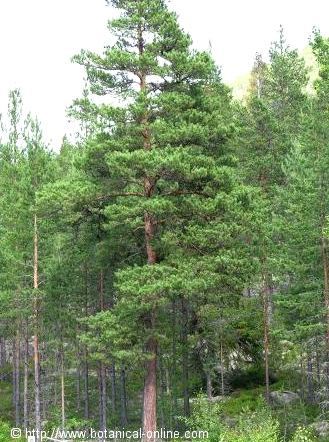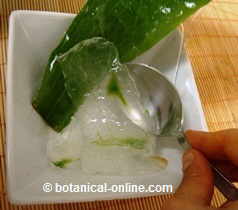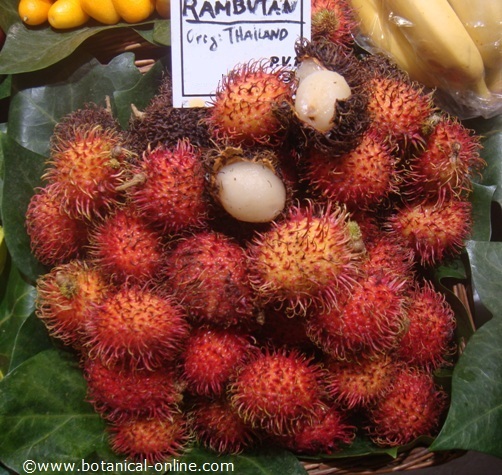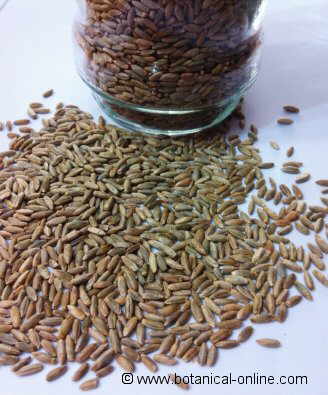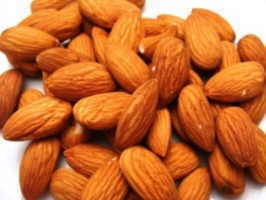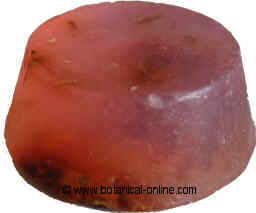Contents
What is a peppermint?
Characteristics of peppermint (Mentha x piperita)
Common English name: Peppermint
Scientific name: Mentha piperita L. Mentha X piperita L. It. The species name “piperita” comes from the Latin “piper” meaning “pepper” and refers to the particularly spicy flavor of this herb. The name of the genus “Mentha” comes from the name of the Greek nymph “Mintha”, which loved Pluto. Proserpina, Pluto lover, became jealous and turned on the plant which bears his name.
Family. Labiatae
Habitat: It is a hybrid between Mentha aquatica and Mentha spicata. Only known as a cultivated plant in orchards or gardens, but sometimes it escapes into the fields and grows wild in deep soil, rich in humus and quite humid.
It can be easily found all over the world, preferring temperate climates to hot or cold. In Europe, although missing in Scandinavia, is quite abundant, especially the variant Mentha x pipertita var. rubescens.
Description of peppermint
Perennial herb of the Labiatae family up to 90 cm. Stems erect, quadrangular, with reddish tones, especially in the variant Mentha x pipertita var. rubescens; lighter in Mentha x piperita var. palescens.
Fairly narrow and elongated leaves, petiolated, ovate or lanceolate, glabrous or slightly pubescent, acute, toothed, patent venation on the underside, shining through the beam.
Flowers purple or reddish purple stamens inserted in the calyx. Inflorescences in spikes as long as wide, with quite separate whorls. Chalices tubular, glabrous except in the teeth.
Fruits in achene. It blooms from mid to late summer.
History of peppermint
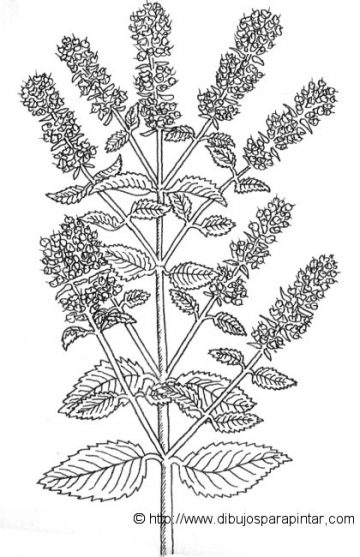
Peppermint is a plant of European origin. This plant has always had a high regard in the European tradition among the Greeks and Romans. The Greeks scented home with peppermint flavor and water. It was also used in baths to strengthen and perfume their body.. In the Middle Ages, mint was considered a kind magic that was used in potions.
The origin of this plant has been attributed to England, which is not true at all because it is known that it existed and was used in ancient times. Probably the first specimens from the breeding of wild species of Mentha spicata and Mentha aquatica were produced spontaneously or causally.
The English have to be attributed with improving this species because, in their gardens, the plants were able to produce more refined and appreciated aromas. Today the best quality peppermint it is still considered to be that one produced by the English people.
From the British Isles it was exported to America where the U.S. became the world’s largest producer. In Europe the main producers are France (in Provence there are the biggest fields), Germany and Italy.
Components of peppermint
- Acids: Acetic, ascorbic, isovaleric, rosmarinic (plant) benzoic, citronellic, geranic, isobutyric (leaves) caffeic, chlorogenic, p-coumaric (shoots)
- Terpenes: pinene, alpha-pinene, alpha-terpinene, beta-pinene, camphene, cineol (6%), phellandrene, gamma-terpinene, limonene, linalol, menthol, neomenthol, neomentone, myrcene, pulegone, terpinolene (leaves) alpha-cadinene, alpha-copaene, alpha-terpineol, beta-thujone, bisabolene, cadinene, citronellol, dipentene, menthol (45%), menthofuran (7%) ocimene, pulegone, sabinene, thymol (essential oil) menthone (Plant)
- Tannins (plant)
- Beta Carotene (leaves)
- Carvacrol (plant)
- Vanillin (Leaves)
- Eugenol (essential oil)
- Anethole
- Flavonoids: hesperidin, diosmin (Ground) luteolin, mentosido (leaves)
- Fiber (leaves), Pectin (buds)
- Vitamins: niacin, riboflavin, thiamin (leaves)
- Minerals: aluminum, calcium, chromium, cobalt, phosphorus, iron, magnesium, manganese, potassium. selenium, silicon, sodium, zinc (Leaves)
![]() More information on peppermint.
More information on peppermint.

